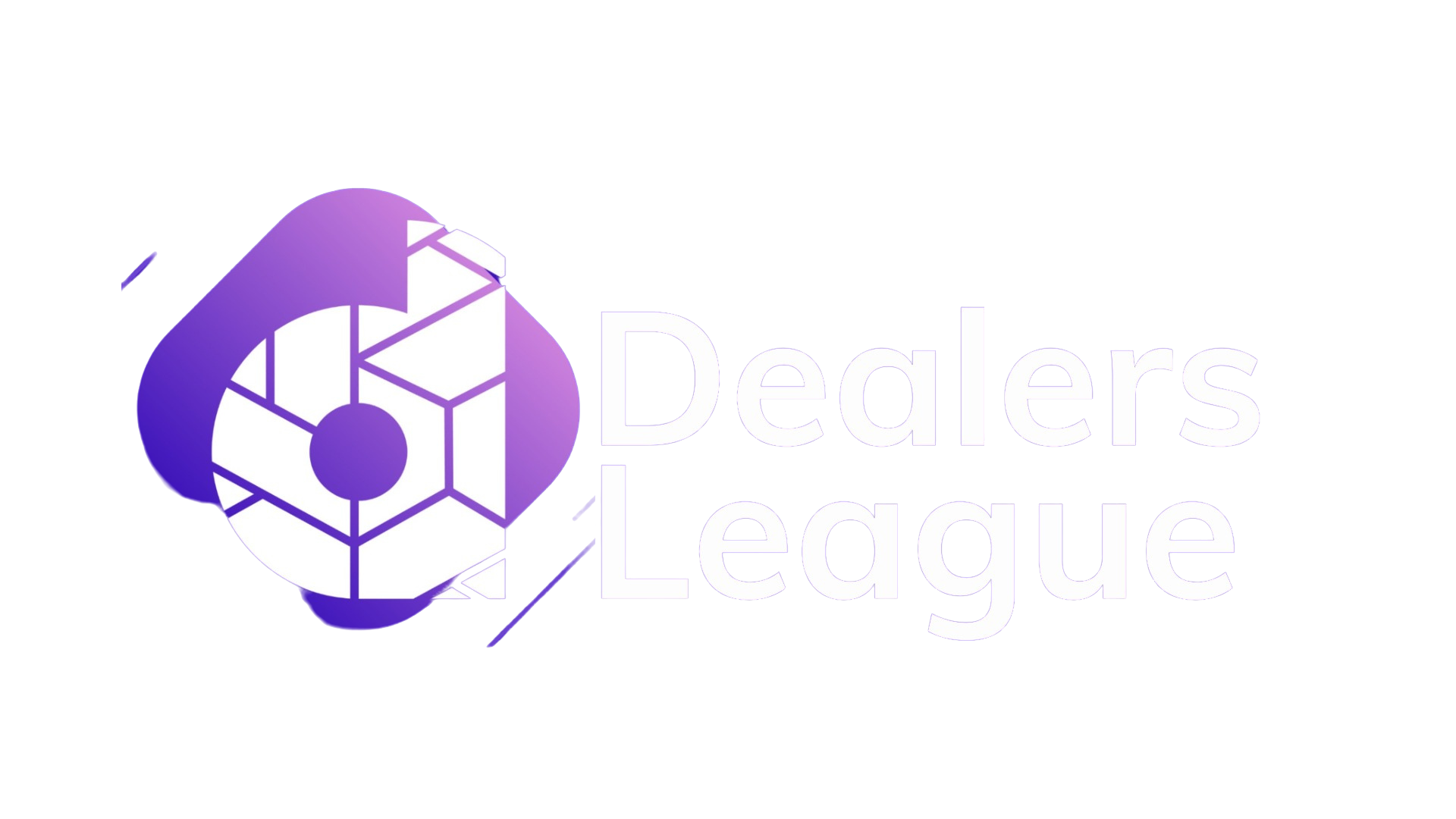Introduction to Landing Pages
Marketing is a way of promoting your product or service to potential customers, with the goal of converting them into actual customers. A landing page is an important marketing tool that is specifically designed to convert visitors into leads (potential customers).
A landing page is a web page specifically designed to convert visitors into leads (potential customers). This is important because if you offer something valuable and interesting, visitors will be more likely to leave their contact details via a form. This contact information can then be used to follow up with visitors and influence their buying decisions.
How a Landing Page Works
To give you an example of how a landing page works, let’s say someone finds your blog or website and reads a post about how to create a content marketing strategy. They then decide they want more information and click on a call-to-action for an ebook on the perfect content marketing strategy. This takes them to your landing page. The landing page asks for their contact information in exchange for the ebook. After they provide their information, they are taken to a thank you page with the download link and become a lead.
Types of Landing Pages
There are two main types of landing pages: those that are inside your website and those that are microsites outside your website. Landing pages within your website are usually accessed organically, either through browsing or related searches in a search engine. Microsites outside your website are created specifically to attract leads and are usually accessed through paid media or SEM strategies.
Best Practices for Creating a Landing Page
To optimize your landing page and increase your chances of getting leads, it’s important to follow these best practices:
- Write clearly and concisely: This means that your writing should be easy to understand, and not too long or wordy. Use simple language that your target audience will understand, and avoid industry jargon or complex terms.
- Explain the value and importance of the offer: This is where you need to sell the benefits of your offer to your visitors. Explain why it’s valuable and what they will get out of it. Be specific and use concrete examples.
- Use checklists: Checklists help to simplify complex information and make it easier for visitors to understand. They also help to focus their attention on the most important points.
- Select the appropriate number of fields for the form: A form is where you collect information from your visitors in exchange for your offer. It’s important to ask for just enough information to build a relationship with your visitors, but not so much that they will be put off. Ask only for the information you really need.
- Eliminate distractions: Make sure that your landing page is focused and free of distractions, such as a main menu or links to other pages. You want your visitors to concentrate on the offer and not get sidetracked.
- Include multimedia information: Using videos, images, and other forms of multimedia can help to capture your visitors’ attention and make your offer more appealing.
- Add social media icons: If your visitors like your offer, they may want to share it with others. By adding social media icons, you make it easy for them to do so.
- Add testimonials: If others have had a positive experience with your offer, it can be helpful to include their testimonials on your landing page. This will help to build trust and credibility with your visitors.
- Show awards or recognition: If your organization has received awards or recognition for its work, this can be a valuable selling point for your visitors.
Conclusion
Landing pages play a crucial role in converting website or blog visitors into leads. By optimising your landing page, you can increase your chances of getting leads. It’s also important to comply with the GDPR by making it clear that visitors must give their explicit consent to receive commercial information from you.
[ninja_form id=5]

